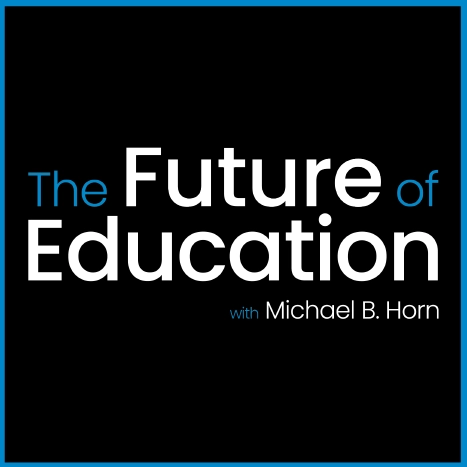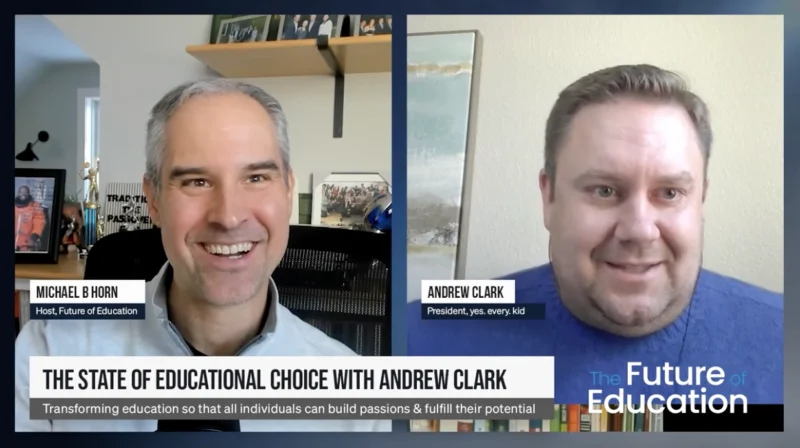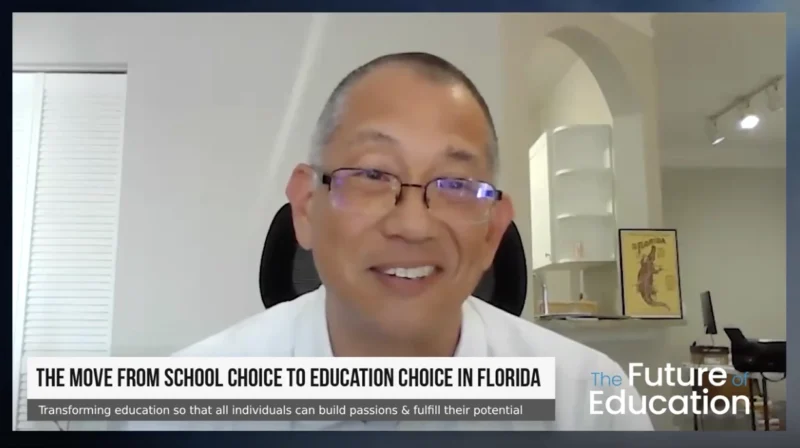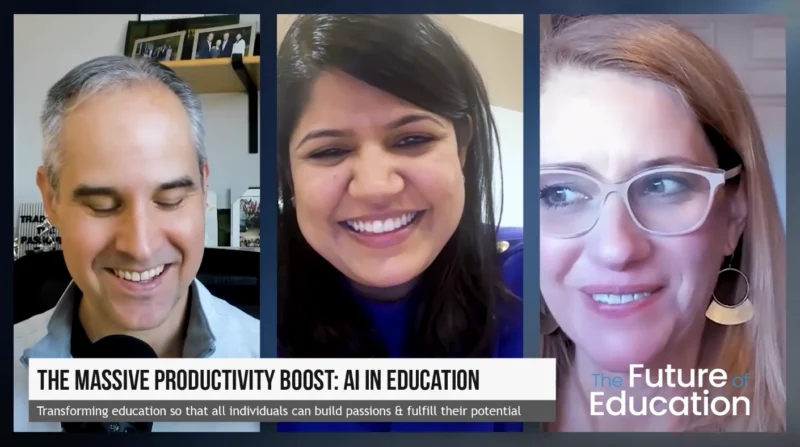How Can Utah Expand Microschool Access with ESA Demand Outpacing Supply?
Across the country, education savings accounts (ESAs) are reshaping how families think about schooling, but in Utah, surging demand is outpacing available options. Last year, roughly 27,000 students applied for Utah’s ESA program, but only 10,000 scholarships were available. While parental interest in alternative education is booming, a new bottleneck is emerging: the supply of microschools.
So, how can Utah meet the growing demand for small, innovative schools and remove the regulatory roadblocks that stand in the way?
In this episode of The Future of Education, host Michael Horn speaks with Jon England, an education policy analyst at the Libertas Institute and former school principal, about what’s fueling the microschool movement in Utah. Together, they explore how new state laws are helping founders overcome zoning hurdles, reduce building occupancy regulations, and create more flexible learning environments for families.
Key takeaways from the conversation…
- Utah’s ESA demand far exceeds supply, with 27,000 applications and just 10,000 scholarships, highlighting the urgent need for more microschool options.
- Zoning and building regulations are major barriers to school creation. Utah addressed this issue by passing a law to allow microschools (defined as 100 students or fewer) in all zones and reduce unnecessary building code requirements.
- Business acumen is a growing need for microschool founders—many are educators or parents, not entrepreneurs, and require support in sustainable operations, marketing, and financial planning.
Jon England is an education policy analyst at the Libertas Institute, where he focuses on advancing school choice, removing regulatory barriers, and supporting alternative education models like microschools. He brings over 14 years of experience in public education as a former teacher and principal, and co-hosts the Dimond Education Podcast. His career is built on a foundation of classroom leadership, education reform, and service, including eight years in the U.S. Marine Corps Reserve.




